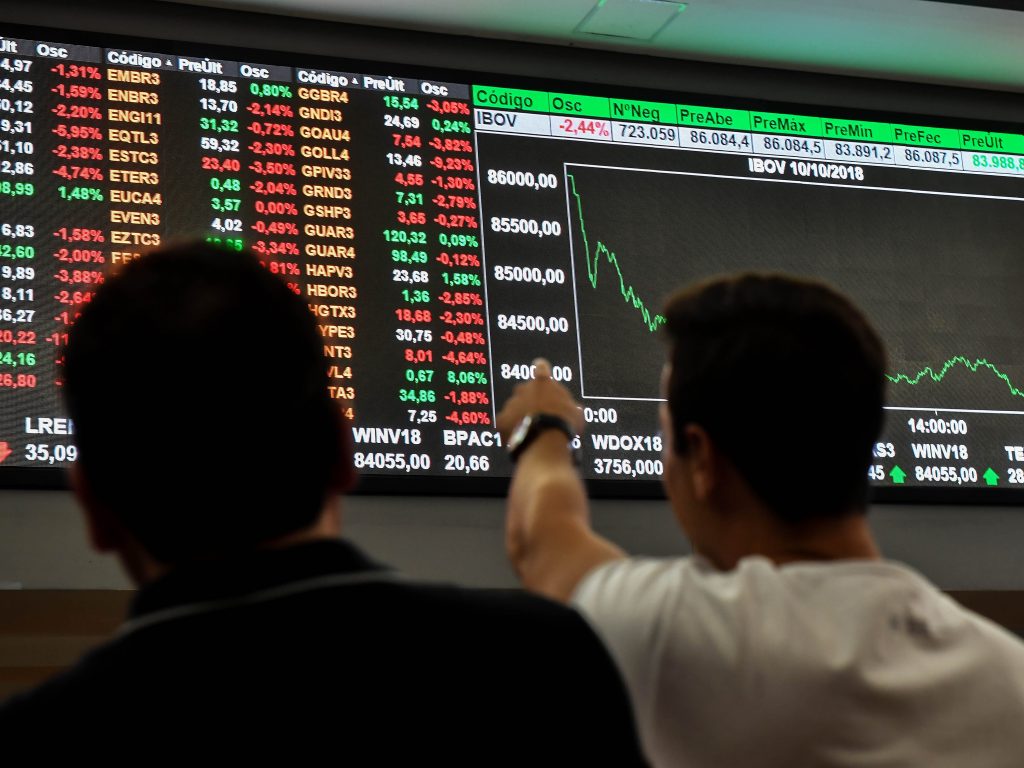- Small-cap growth stocks have provided incredible returns, but big rewards come with big risks.
- Even investors who use passive index investing are taking on more risk than they might realize.
- One wealth manager recommends focusing on quality index ETFs to capture growth and reduce risk.
With the stock market hitting new high after new high since plummeting in March 2020, investors who have stashed their money in passive investments like low-cost index funds have enjoyed impressive gains without having to lift a finger. But while their portfolios continue to rake in returns, they may be taking on more risk than they realize.
Dan Kern is the chief investment officer of TFC Financial, a Boston investment-management and financial-planning firm with $1.2 billion in assets under management.
Kern said indexation was a perfectly viable way of investing, particularly in large-cap equities. But he is concerned that as small-cap growth stocks have exploded over the past year, they are exposing investors to more speculative excess than they appreciate.
“What I struggle with is the number of companies and the proportion of some of the most popular indexes that are either in companies that have really high price-to-sales ratios, as one measure of valuation, or companies that are either unprofitable or don’t even have revenues,” Kern said. “And that’s becoming a pretty meaningful part of certain indexes.”
He said he was worried about the “excesses that have built up in this bull market over the last few years” as valuations continue to climb ever higher, particularly among smaller companies that might have good ideas but have yet to build viable business models.
Kern calls these sorts of companies "science projects," and while they may dominate investor attention, "the risk is that when the music stops on some of this exuberance that the valuations correct," he said.
Large-cap tech companies such as the FAANG stocks (Facebook, Amazon, Apple, Netflix, and Alphabet, Google's parent company) have seen their valuations skyrocket over the past year as well, but Kern thinks that these are the companies that will endure a correction, rather than collapse entirely, he said.
"These bellwether tech companies, by and large, have solid business models, great cash flows, great return on capital, and platform economics," Kern said. "I don't think they're great buys at any price necessarily, but I also think that they're going to be a lot more resilient to changes in the market environment than some of the doomsayers may think."
It's the smaller "science-project" companies that are more at risk of a collapse, Kern said. He compared them to the hot companies of the early 2000s that enjoyed huge success as the dot-com bubble expanded. But when the bubble burst, "all of a sudden the growth rate of these companies that were thought to be invulnerable collapsed," he added. Investors who had bet that these small companies would live up to their big expectations found themselves holding the bag as the market imploded.
While investors might choose to take on that risk by investing in small, hot, and new stocks, they might not be aware that they're taking on that same risk by investing in certain funds or indexes, Kern said. For instance, the iShares Russell 2000 Growth ETF follows the Russell 2000, and it provides investors with "comprehensive, US small cap growth exposure," he said. This has been an excellent investment for the past 12 months, with shares of the exchange-traded fund rising over 56%.
But if you look under the hood, there's a lot of risk that investors have to take on to enjoy those returns.
"About a quarter of that index is comprised of companies that are selling at more than 10 times price to sales," Kern said. "About 5% of that index is companies that didn't have revenues the last 12 months. And nearly 40% of the index is in companies that are unprofitable."
He added: "So you've got that combination of lack of profitability, high valuation, and questionable revenue picture. That's a big opportunity in a buoyant market, but there's big risk if the music stops."
Index ETFs provide an excellent alternative
One alternative is to follow an index like the S&P 600, by using an index ETF like the iShares S&P Small-Cap 600 Growth ETF. While it may be less comprehensive than the Russell 2000, the S&P 600 is a curated index, meaning the companies listed must have a track record of earnings before they can be added to the index. That makes the S&P 600 an "interesting and arguably less risky option" for investors who want "a higher-quality approach to accessing the small-company-growth arena," Kern said.
He also recommended investing in index ETFs like iShares MSCI USA Quality Factor ETF and iShares MSCI International Quality Factor ETF. The key word in both of those funds is quality, which is what Kern said investors should be focused on.
Quality stocks, Kern said, have several building blocks. High return on capital, whether it's return on equity or return on assets, as well as stable earnings growth and a strong balance sheet with low leverage all give a stock the stability it needs to perform well during good times and bad.
As for the investors who are focused on the headlines and would prefer to chase growth rather than focus on quality, "it's OK to invest in the more speculative parts of the market, but position sizing is really important and liquidity is really important," Kern said.
According to him, the last thing you want is to be forced to sell because you're overleveraged and need liquidity.
In short, Kern said, "a little can go a long way."
